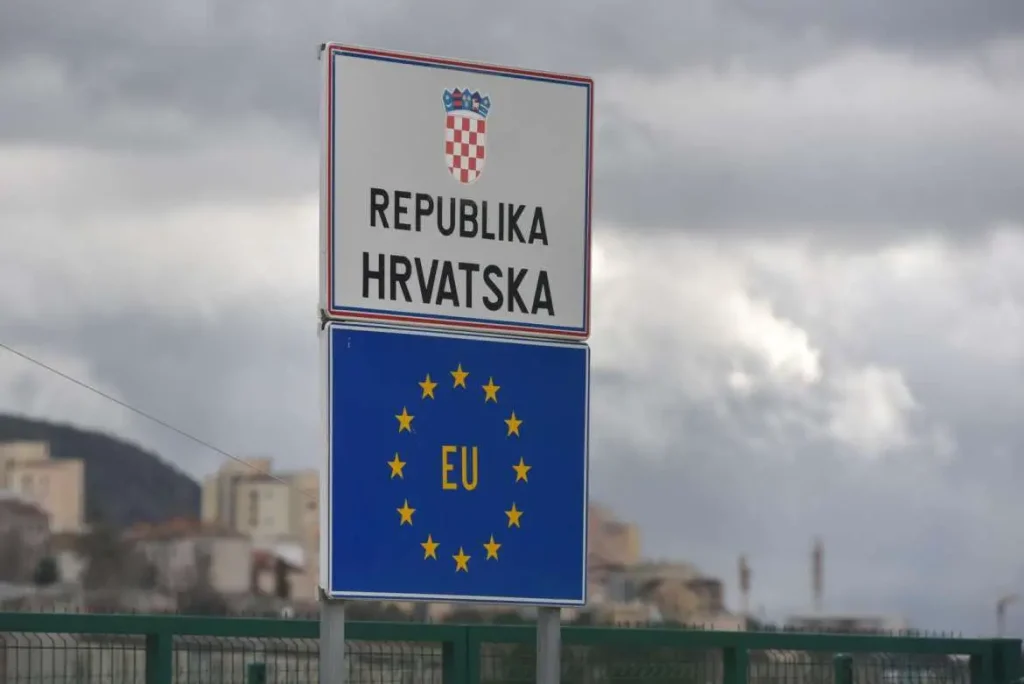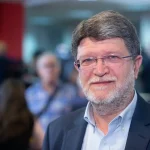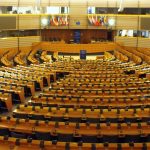“On the one hand there is a need to have a meaningful discussion, and on the other hand, you simply ought to ask citizens about their expectations, regardless of their knowledge of topics,” Picula said on the matter of the Conference on the Future of Europe.
The Croatian MEP also holds that the random selection of citizens to participate in the conference could be tricky, while any sort of pre-qualifications could affect spontaneity.
The European Parliament, the Council, and the European Commission have committed to listen to Europeans and to follow up, within their sphere of competencies, on the recommendations made, and therefore the Conference on the Future of Europe was launched as a pan-European project. By spring 2022, the Conference is expected to reach conclusions and provide guidance on the future of Europe.
EU citizens, from all walks of life and corners of the Union, with young people playing a central role in shaping the future of the European project, can take part in the conference, according to the explanation provided on the official website of the conference.
One of the components of the Conference is the multilingual digital platform as the place for citizens to share ideas and send online submissions. They will be collected, analyzed, monitored, and published throughout the Conference.
Also, there are conference plenaries, which will take place in 108 places, plus four citizens’ panel discussions.
So far, more than 38,000 citizens have been included in the work of the Conference. The multilingual digital platform was launched in April and has collected over 17,000 comments since then.
Picula, a Croatian MEP who is a member of the Party of European Socialists (PES) in the EP, is engaged in the panel dedicated to foreign affairs.
Commenting on a low turnout, he said that this could be also ascribed to many technical restrictions.
“Although I believe that the Conference is being promoted to a sufficient level, one cannot expect millions of citizens to take part in the Conference,” Picula said.
The conference plenaries include 433 participants: 108 MEPs and 108 representatives of the national parliaments, and others are representatives of the European Union’s main institutions. Citizens have been selected as a random choice, and also social partners and activists of the nongovernmental organizations are included.
Picula says that there is a consensus among political groups inside the European Parliament on the necessity to hold the Conference, and also those clubs that have “anti-EU mood” need a platform to express their dissatisfaction with the EU, he explained.
The Conference is placed under the authority of the three institutions, represented by the President of the European Parliament, the President of the Council, and the President of the European Commission, acting as its Joint Presidency.
The Joint Presidency is supported by an Executive Board, which is co-chaired by the three institutions (Member of the European Parliament, Mr. Guy Verhofstadt, Vice-President of the European Commission in charge of Democracy and Demography, Dubravka Šuica, and a representative of the country that is the chair of the Council of the EU).
For more on politics, follow TCN’s dedicated page.











